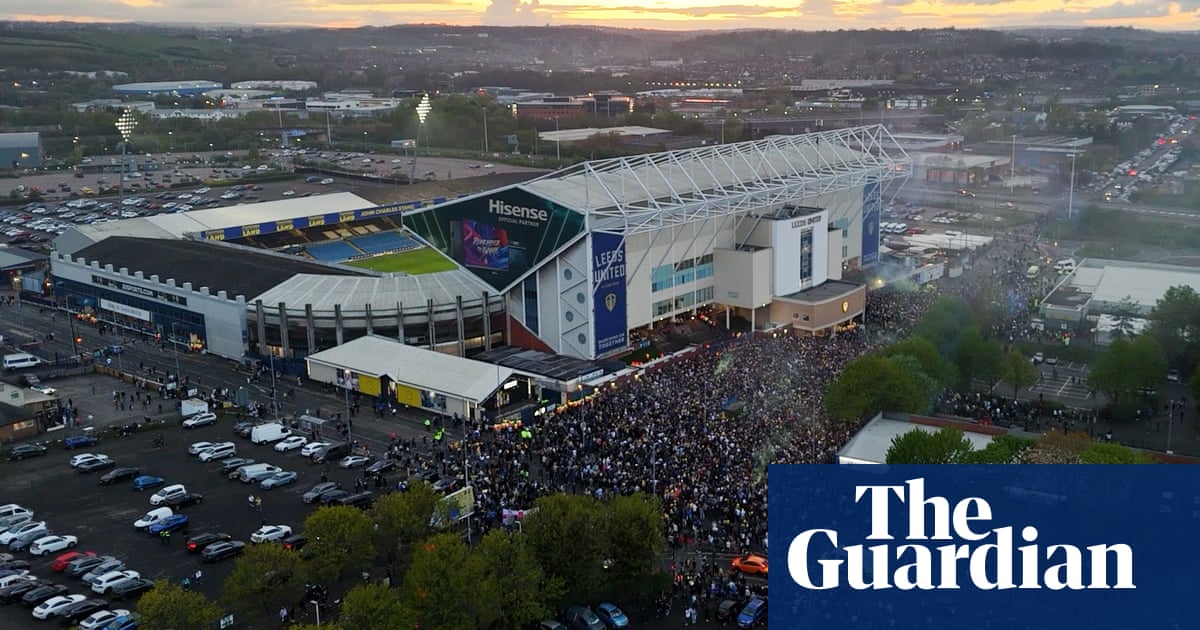It was a hot day in Texas when I visited in 2018. Hotter still inside the walls of the Eastham Unit, the men’s prison near Huntsville where I spent a few hours. My hands were sweaty enough as it was, as I focused my attention on the target board in front of me and practised firing rounds from a small silver pistol.
The men and women with me were wardens at the Eastham Unit. “I wouldn’t do this job without a gun for no amount of money,” said one. These were experienced correctional officers who knew the Texas prison system well. And they were baffled that, as an English prison officer, I didn’t carry a gun. But I felt differently. There were plenty of things that I would have changed about our prison system, but introducing weapons wasn’t one of them.
After an attack on three guards at HMP Frankland, which left two of them seriously injured, the Prison Officers Association (POA) is demanding that prison staff be equipped with electric stun guns. Instinctively, I object to this. To me, the suggestion seems at odds with what the UK is supposed to want from our prisons: the rehabilitation of the men and women inside. We want them to be released as better citizens, neighbours, colleagues. It’s hard to imagine how the use of stun guns would help to achieve that.
I have spent a considerable chunk of my life in prisons; in high-security establishments, young offender institutions and Victorian-era jails in the UK, and in mother and baby units in Melbourne and death row in Texas. My time as a prison officer taught me how to read a room, and how to use words, humour and compassion to navigate my way out of challenging situations. The idea of giving weapons to prison staff feels like a backwards step – and a scary one. The risk is obvious – if officers are given weapons, could prisoners get hold of them too? When I was an officer working in a category A men’s establishment, a particularly violent individual overwhelmed a team of four officers who had entered his cell with the intention of relocating him. Staff retreated from the cell, leaving behind the six-foot riot shield the prisoner had taken. Not an easy job for the next team sent in.
Over the decade I spent in the job, I was involved in some serious violent incidents. I have seen weapons fashioned from toothbrushes, ironing boards and sharpened chicken bones. Apples adorned with razor blades and thrown at staff. But I haven’t been in the position of those three officers at Frankland. A man with a 55-year tariff and nothing to lose hasn’t come at me with cooking oil and an assortment of weapons. The prison landscape has changed now. Such incidents are not anomalies. Prison officers are assaulted almost hourly. The safety of both prisoners and officers must come first.
That’s why, although I hate the idea in principle, I can see the sense in the POA’s proposals that designated response teams – not all officers – should carry stun guns. It’s a risk that has been taken on and managed by police forces, in which certain specially trained officers can use weapons. And it’s a risk that has become necessary in our seriously depleted prison system. The same week that staff at Frankland were assaulted, a prisoner at HMP Whitemoor was arrested on suspicion of the murder of another inmate. We can’t rehabilitate prisoners who don’t feel safe to come out of their cells. Further, many prisoners face makeshift weapons, dilapidated buildings, a lack of staff, rats, sentences with no release dates and waits of up to a year to get mental health treatment. Our prisons are full of angry prisoners and exhausted, fed-up staff.
Most officers already walk a difficult line. They must balance compassion with discipline, rules with grey areas and empathy with the word “no”. There is real skill involved – a strong relationship can be the thing that stops an argument from turning into violence or a bad day from becoming a person’s final day. The dynamic between officers and inmates is delicate, but powerful too. Adding a stun gun to an officer’s belt complicates that even further. And so, I don’t want stun guns to be allowed into prisons. But I also do not want to read that another of my former colleagues has been stabbed five times in the abdomen or had their face slashed. Physical injuries are one thing, but the psychological damage is impossible to measure.
I say all this as someone who is out of the job now. As someone who had 10 years’ experience and all the lessons, interactions and insight that come with that length of time. Experienced staff count for a lot. As do positive relationships, a safe and hygienic environment, time out of cells and a decent, stimulating regime. The lack of those has made our prisons dangerous. Prison officers have already been stripped of their most effective tools. Maybe a stun gun is the next best thing.
-
Alex South is a former prison officer and the author of the memoir Behind These Doors

.png) 3 hours ago
2
3 hours ago
2













































